The title speaks for itself :) but why is it called the "King of Asanas"?

Baby Pose or Balasana
From a kneeling position, we bend forward, lean on our forehead, and rest our arms loosely on either side of our body, palms up. We breathe calmly and slowly while observing our body, if we feel that our head is slowly filling with blood due to the abdominal pressure, we can move on.
... and step by step:
1. In Baby Pose, we raise our head, intertwine our arms and measure our arm's distance in front of us (we hold both of our elbows with our hands).
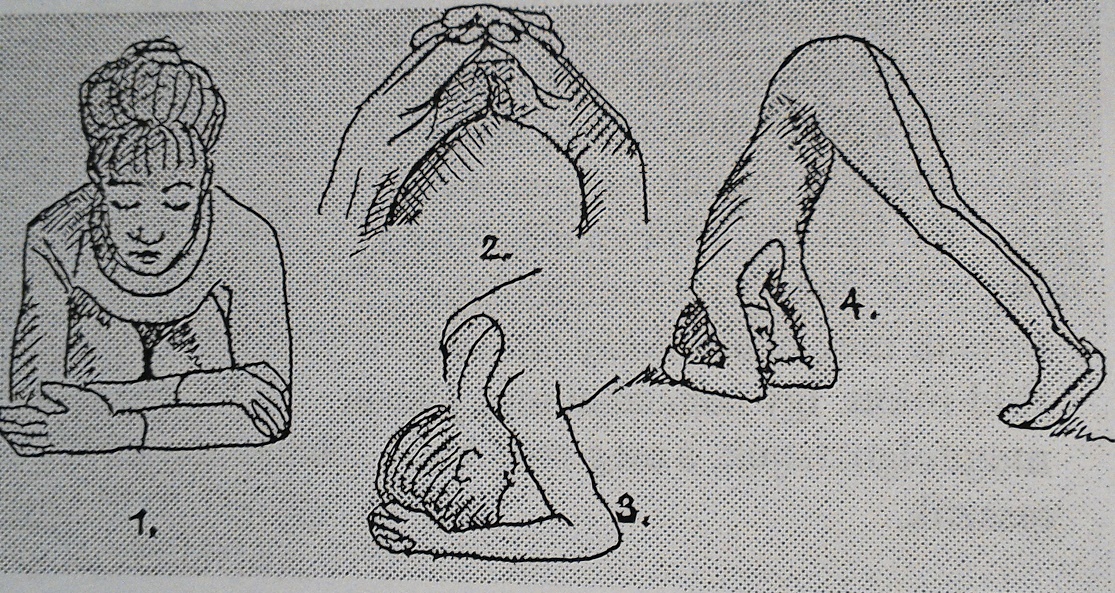
2. After that, we open our arms and, imagining a triangle in front of us, place our hands together at the top of the triangle. 3. We place our head firmly in our clasped hands, resting the top of our head on the ground. 4. Then we stretch out our legs and raise our buttocks, while making sure that our arms do not move.
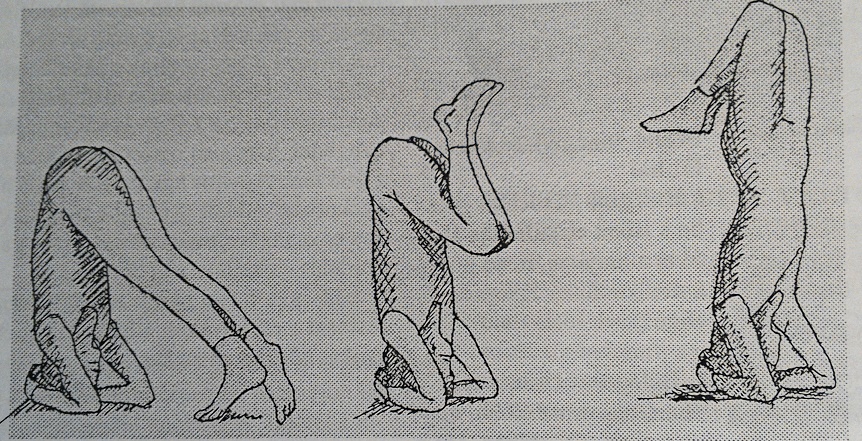
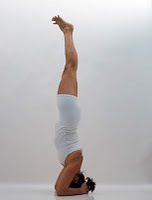
Lowering the asana should be done in the same reverse order as when taking up the asana.
Let's relax in Baby Pose.
Since we exposed the upper part of our spine to strong pressure, which put a strain on the smaller vertebrae there, let's stretch this part in the Rabbit Pose.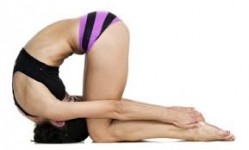
From a kneeling position, roll forward on your head while holding on to your legs, and stay like this for a few breaths. If the headstand is very demanding and you still want to practice it, I can recommend 3 variations in a simplified form: 1. The Semi-candle Position, or Viparita Karani Mudra:
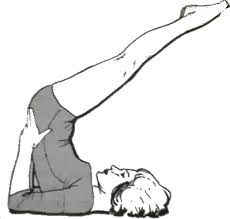
Its beneficial effect on our body is the same as that of headstand, yet it is a much easier exercise. It differs from the candle position in that we do not have to press our chin tightly to our chest, we do not straighten our body completely, but close the angle shown in the drawing with our legs. With our hands, we do not strive towards the shoulder blades with our support, but hold our buttocks, sitting comfortably in our palms. Continue the exercise until it feels good, then rest in Savasana.
2. Standing up from a squat:
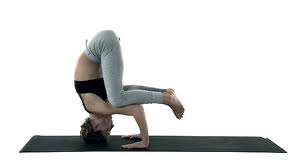
Starting pose squatting, imagine a triangle in front of you, rest your head on the upper apex and your palms on the two lower apexes, lift your hips, spread your legs and step towards your elbows, then kneel on your elbows, the lift your feet off the ground as shown in the picture. Let's stay like this until it rains well, then rest in Baby Pose. 3. Half head stance:
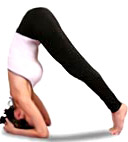 Let's start the headstand as above, but only get to the point where we lift our hips high and hold it until it feels good. Then rest in Baby Pose.
Let's start the headstand as above, but only get to the point where we lift our hips high and hold it until it feels good. Then rest in Baby Pose.
Note: The headstand is a very powerful exercise, many people are afraid of falling backwards or possibly leaning to the side. In order to increase our sense of security, we can practice in front of a wall at first, and then move away from the wall over time, once we feel that our head position is stable. In any case, you can also fall badly while leaning against a wall, so the best thing is to safely learn a step-by-step yoga practice, and to descend safely if your center of gravity is out of balance. Never stand up suddenly after a headstand, and if you have any health problems, ask the opinion of our specialist before doing the exercise, or feel free to contact me if you have any questions about the asana: at anitja75@gmail.com


